Nasa Eyes On The Solar System
Nasa eyes on the solar system. The picture is a color composite with enhanced contrast taken from a distance of 286 million kilometers 178 million miles. You may not have NASAs Eyes installed. Click on the audio icon to turn it sound on.
This image taken by NASAs Cassini spacecraft on Dec. NASAs Eyes Visualization also known as simply NASAs Eyes is a freely available suite of computer visualization applications created by the Visualization Technology Applications and Development Team at NASAs Jet Propulsion Laboratory JPL to render scientifically accurate views of the planets studied by JPL missions and the spacecraft used in that study. Using Eyes on the Solar System and simulated data from the New Horizons flight team you can ride onboard the.
After a journey of more than 9 years and 3 billion miles the New Horizons spacecraft is ready for its upclose look at the Pluto system. The Eyes on the Solar System interface combines video game technology and NASA data to create an environment for users to ride along with agency spacecraft and explore the cosmos. Welcome to NASAs Eyes a way for you to learn about your home planet our solar system the universe beyond and the spacecraft exploring them.
Ride with the Curiosity Rover as it lands on Mars or fly by Pluto with the New Horizons spacecraft all from the comfort of your home computer. NASAJPL-Caltech The last time we saw NASAs Mars 2020 Perseverance rover mission was on July 30 2020 as it disappeared into the black of deep space on a trajectory for Mars. Eyes on Juno NASAs Eyes.
Explore using actual spacecraft and track progress real time in an immersive 3D environment. Planets Beyond our Solar System. Eyes on the Solar System lets you explore the planets their moons asteroids comets and the spacecraft exploring them from 1950 to 2050.
Planets-only spacecraft highlights named asteroids unnamed asteroids and comets. Get up close with Cassinis science instruments. Please press Download to download Eyes and then choose Launch to launch your experience.
NASAs Solar System Interactive also known as the Orrery is a live look at the solar system its planets moons comets and asteroids as well as the real-time locations of dozens of NASA missions. 1 2000 shows details of Jupiters Great Red Spot and other features that were not visible in images taken earlier when Cassini was farther from Jupiter.
Get up close with Cassinis science instruments.
The picture is a color composite with enhanced contrast taken from a distance of 286 million kilometers 178 million miles. Eyes on the Solar System lets you explore the planets their moons asteroids comets and the spacecraft exploring them from 1950 to 2050. You may not have NASAs Eyes installed. Welcome to NASAs Eyes a way for you to learn about your home planet our solar system the universe beyond and the spacecraft exploring them. Planets-only spacecraft highlights named asteroids unnamed asteroids and comets. NASAs Solar System Interactive also known as the Orrery is a live look at the solar system its planets moons comets and asteroids as well as the real-time locations of dozens of NASA missions. Welcome to NASAs Eyes a way for you to learn about your home planet our solar system the universe beyond and the spacecraft exploring them. The picture is a color composite with enhanced contrast taken from a distance of 286 million kilometers 178 million miles. On some browsers the audio is muted.
NASAs Eyes on the Solar System Welcome to NASAs Eyes a way for you to learn about your home planet our solar system the universe beyond and the spacecraft exploring them. Welcome to NASAs Eyes a way for you to learn about your home planet our solar system the universe beyond and the spacecraft exploring them. Eyes on the Solar System is a 3D interactive simulation of our cosmic neighborhood complete with planets and moons you can visit and NASA spacecraft you can fly alongside. While NASAs Eyes on the Solar System is compatible with Windows and Mac OS X the partially Java-scripted format has a certain dependence on what browser is used. Get up close with Cassinis science instruments. NASAs Eyes Visualization also known as simply NASAs Eyes is a freely available suite of computer visualization applications created by the Visualization Technology Applications and Development Team at NASAs Jet Propulsion Laboratory JPL to render scientifically accurate views of the planets studied by JPL missions and the spacecraft used in that study. NASAJPL-Caltech The last time we saw NASAs Mars 2020 Perseverance rover mission was on July 30 2020 as it disappeared into the black of deep space on a trajectory for Mars.
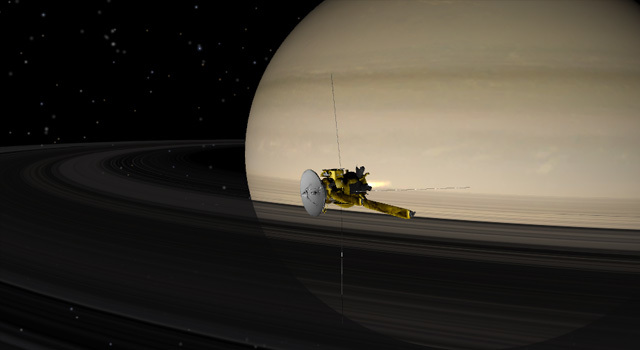

/i.s3.glbimg.com/v1/AUTH_08fbf48bc0524877943fe86e43087e7a/internal_photos/bs/2021/2/P/r3outeQwiXeM4cxpLJEA/2011-03-10-eyes-nasa-02.jpg)

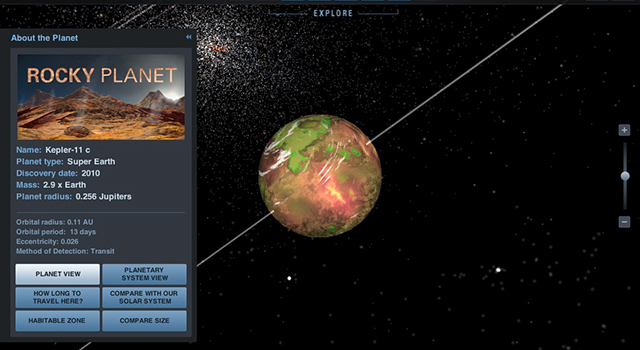


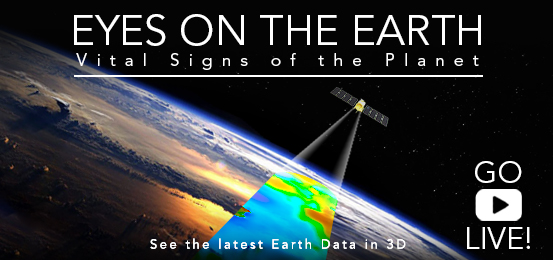


/i.s3.glbimg.com/v1/AUTH_08fbf48bc0524877943fe86e43087e7a/internal_photos/bs/2021/W/Q/lXCyQ7QJWkXLr8bY2elg/2011-03-10-eyes-nasa-01.jpg)

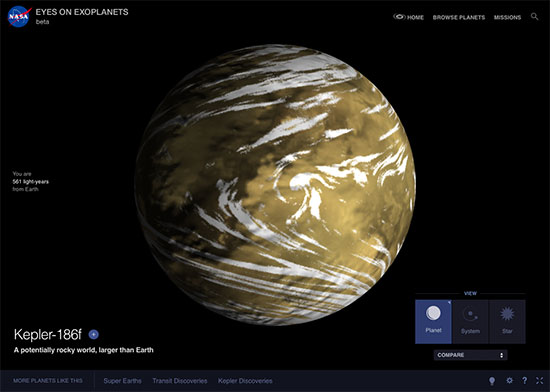
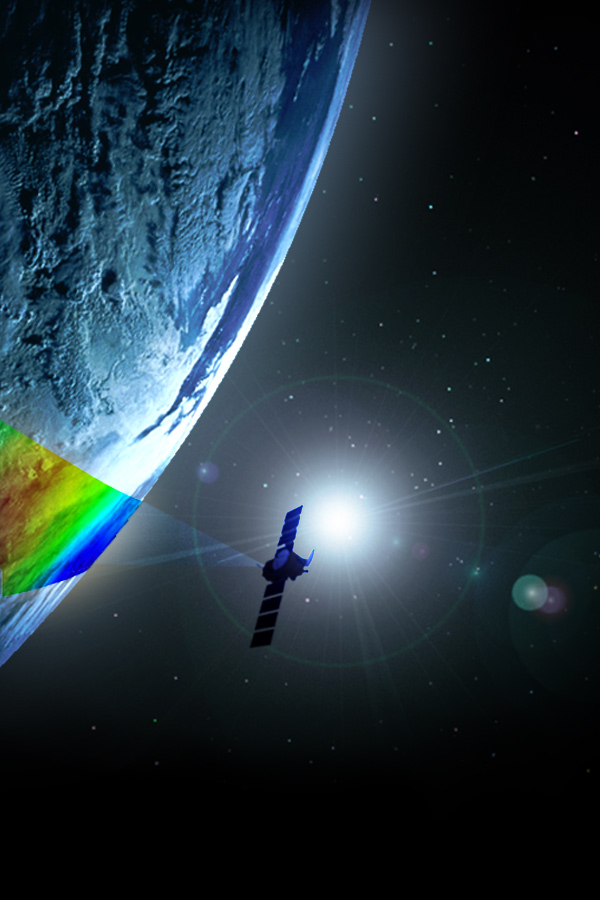


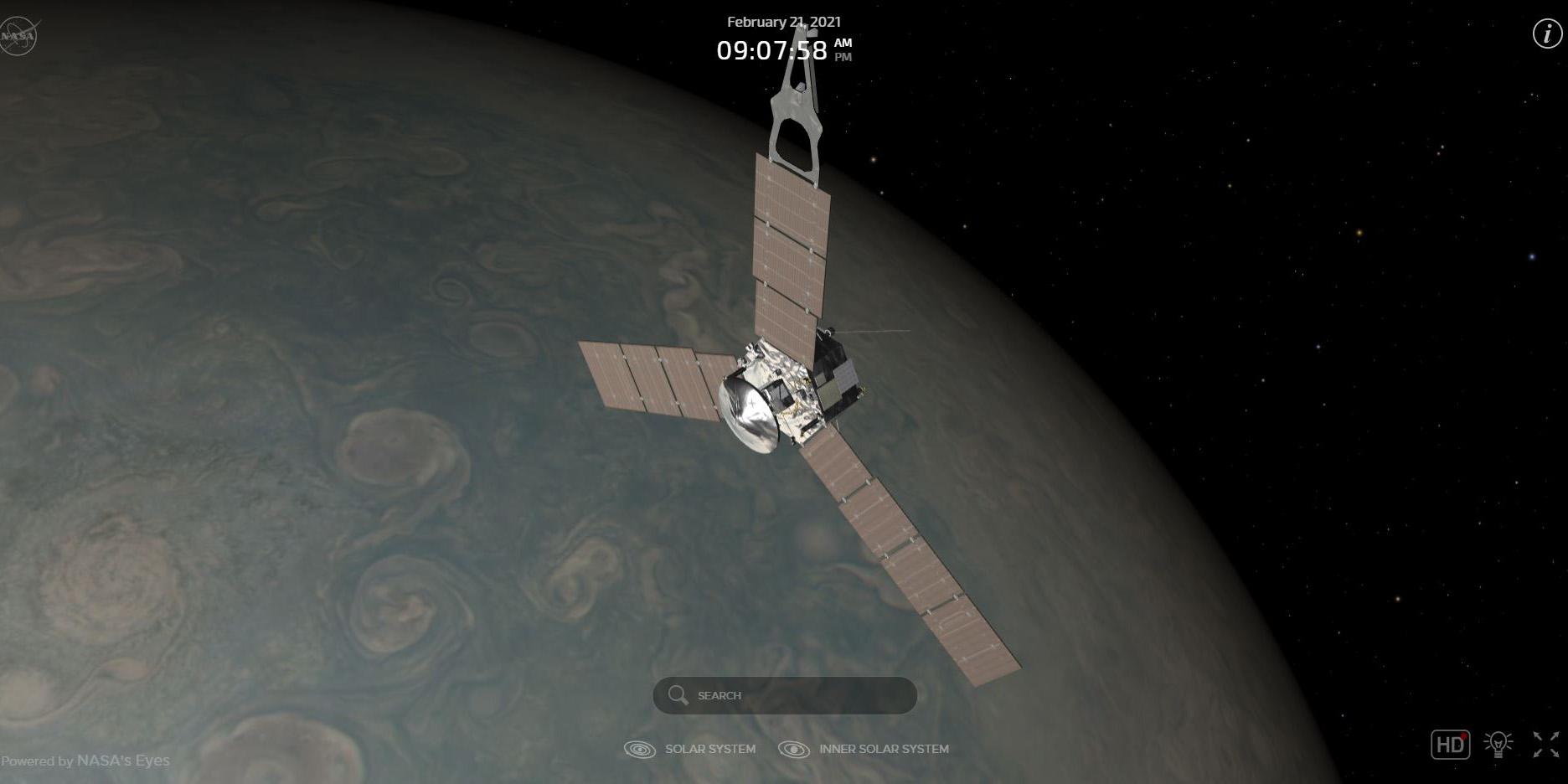










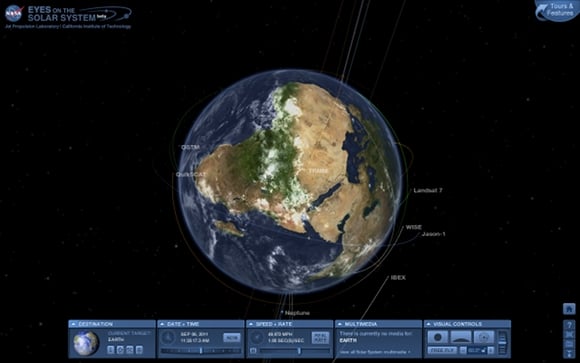


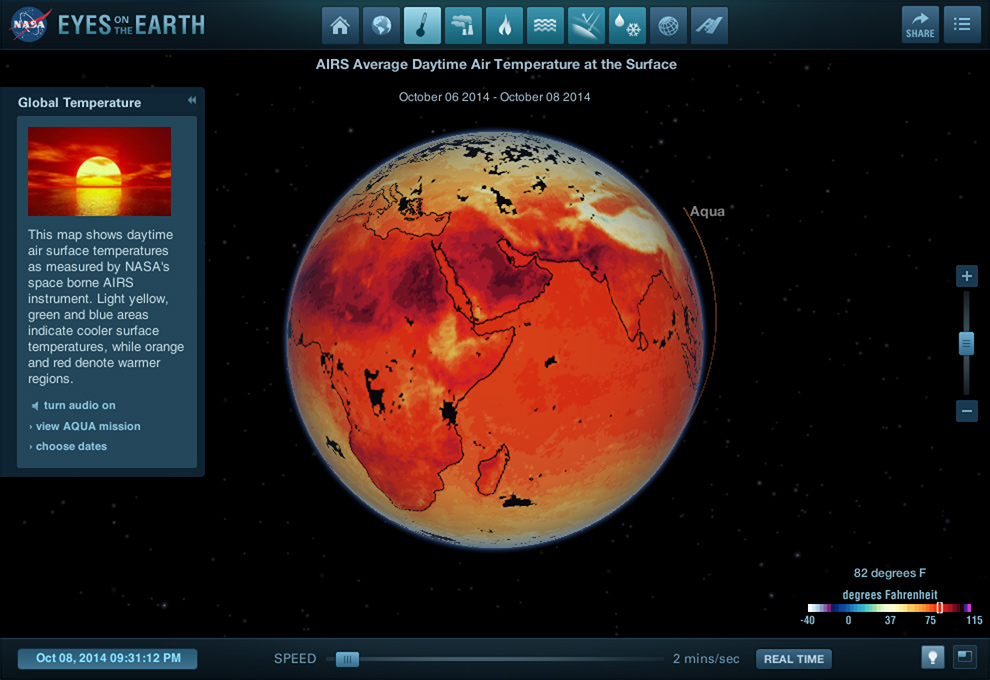
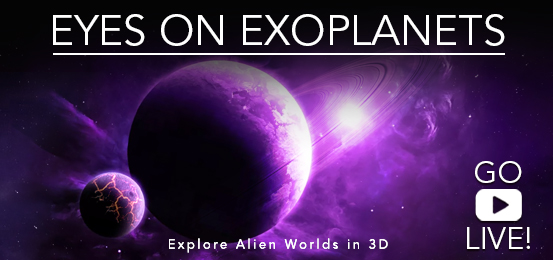
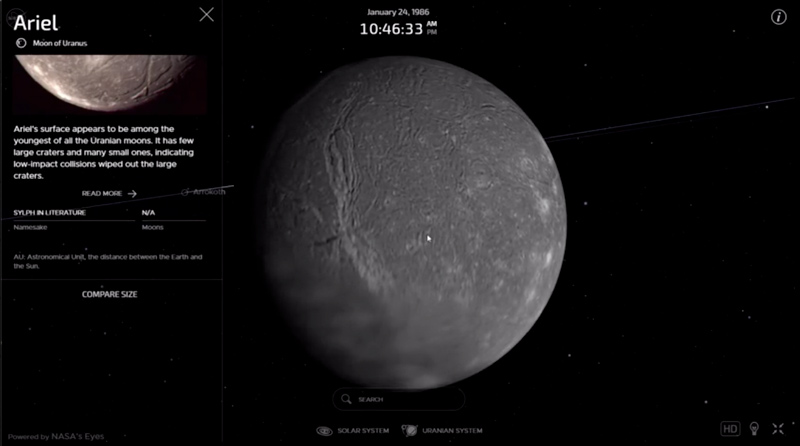
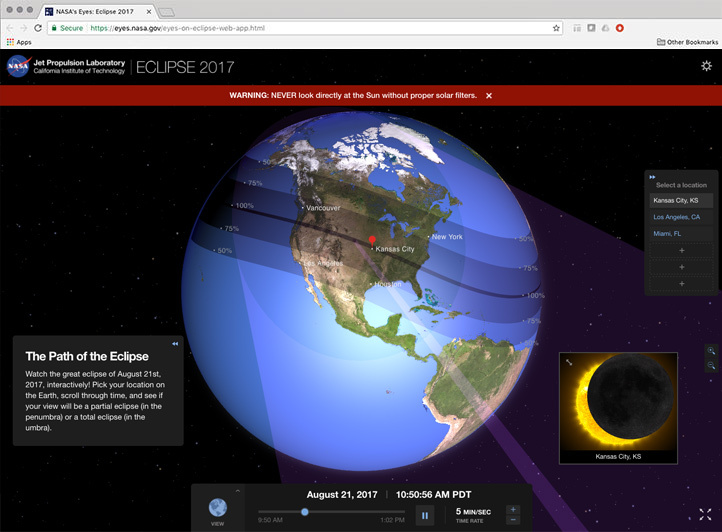


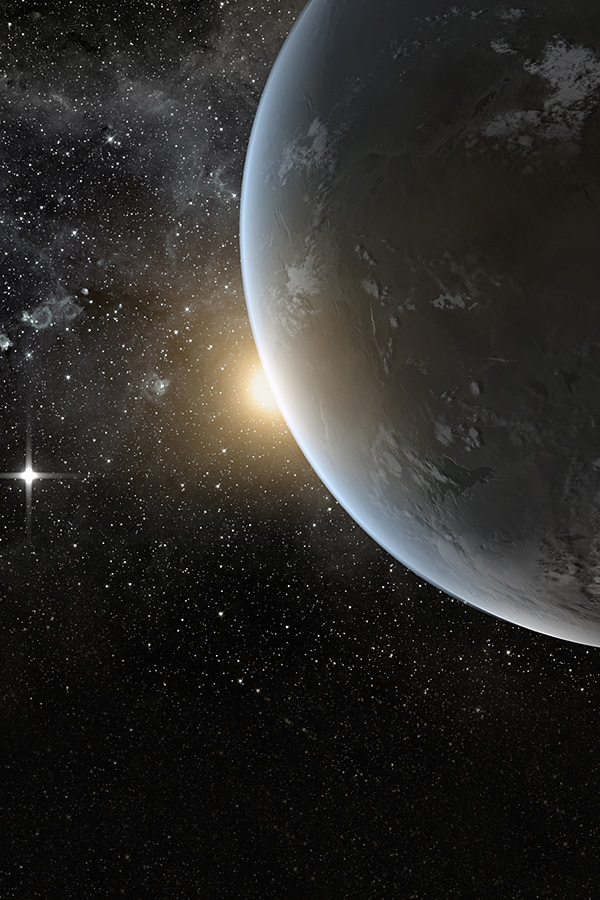



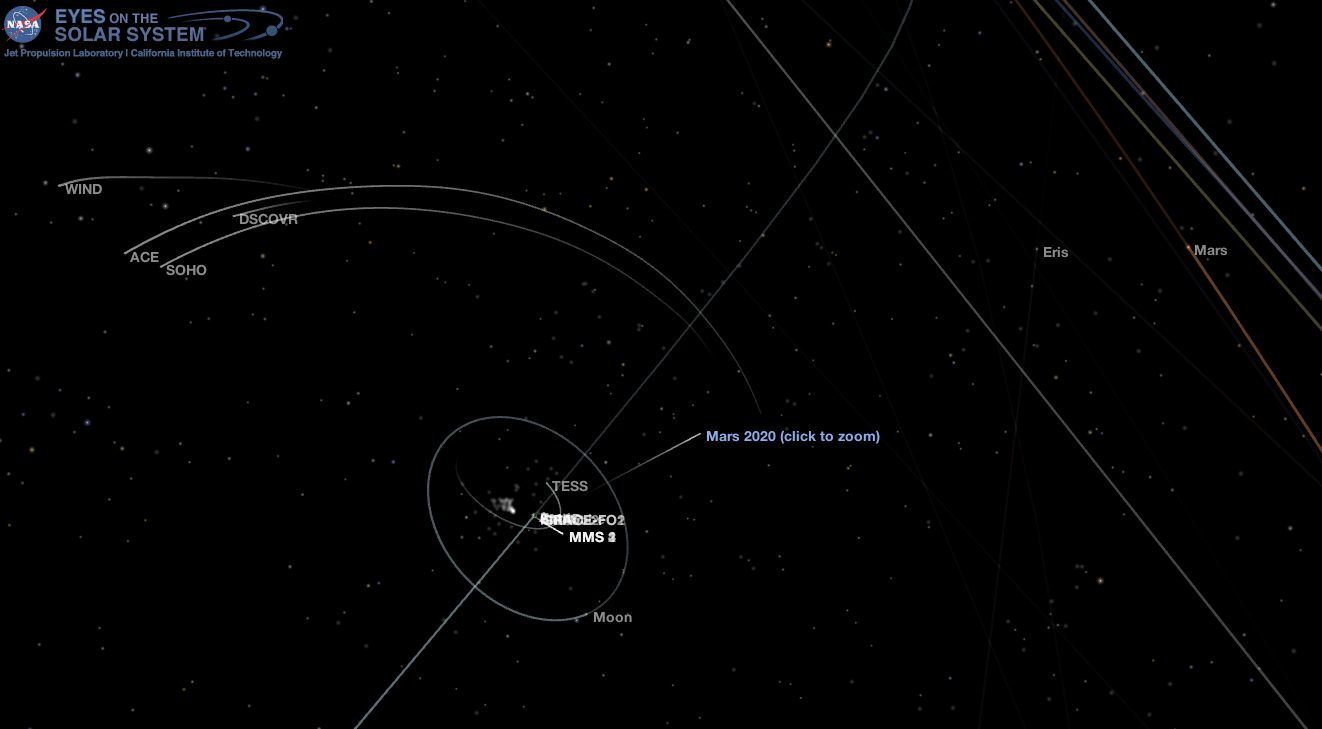

Post a Comment for "Nasa Eyes On The Solar System"